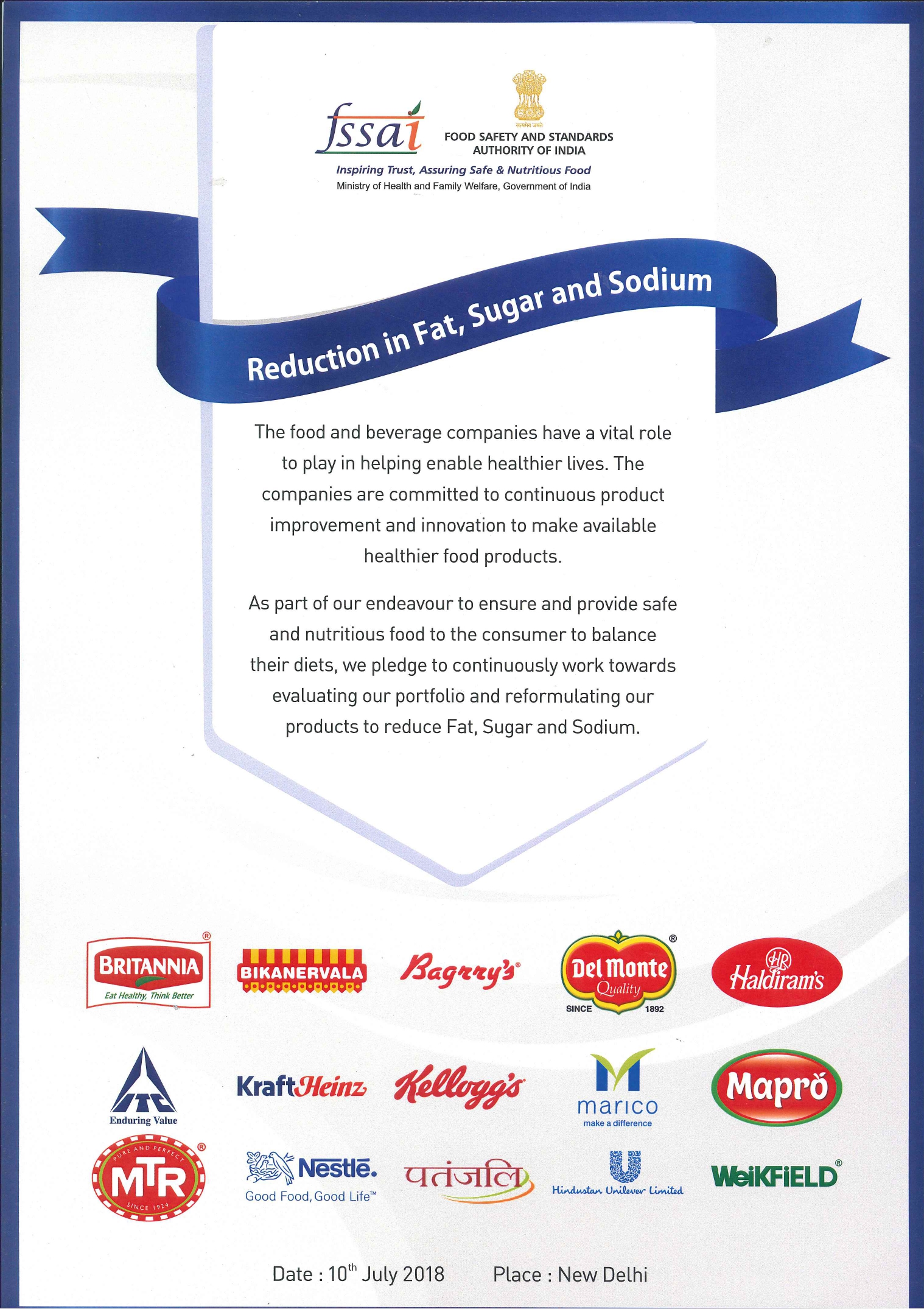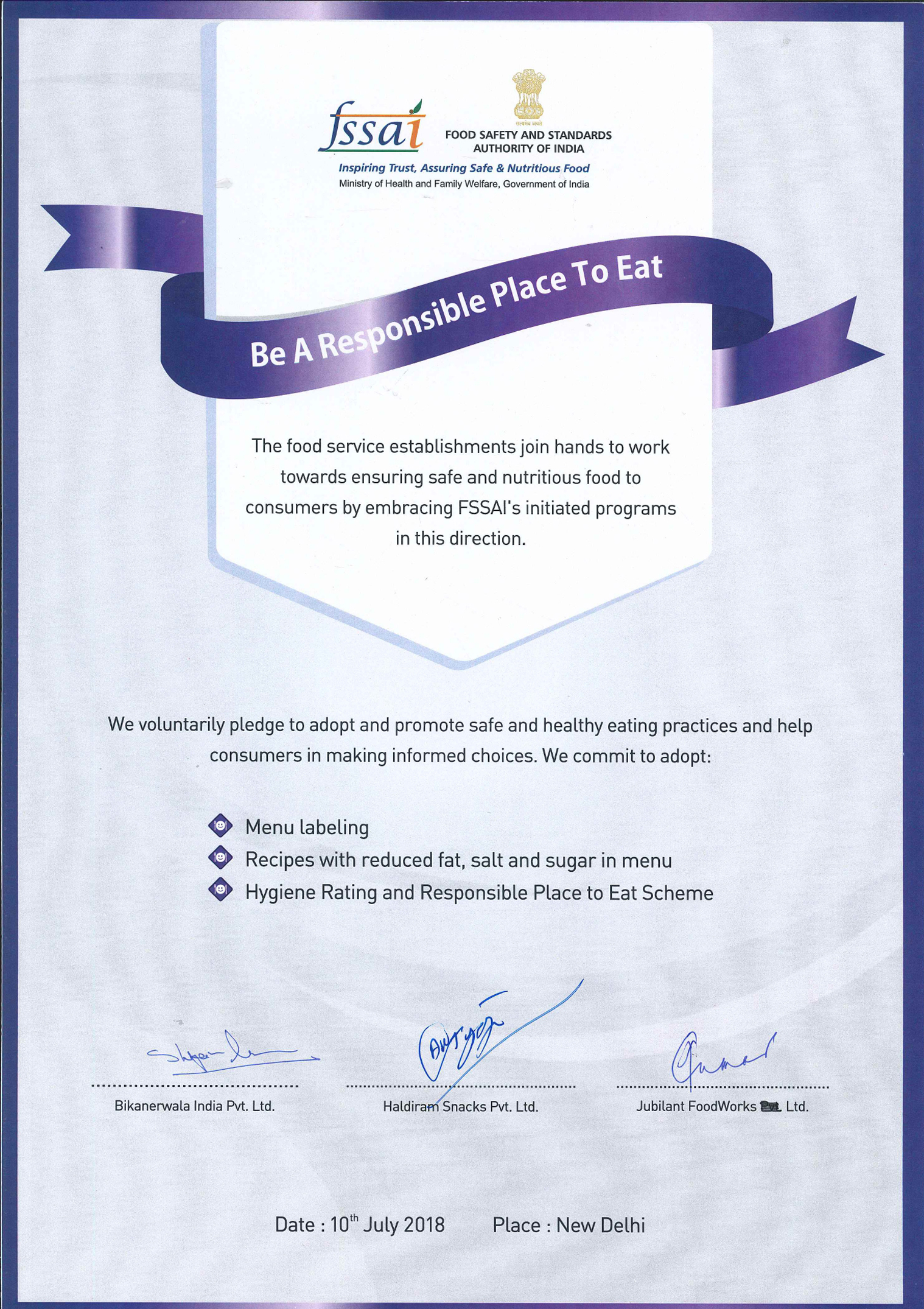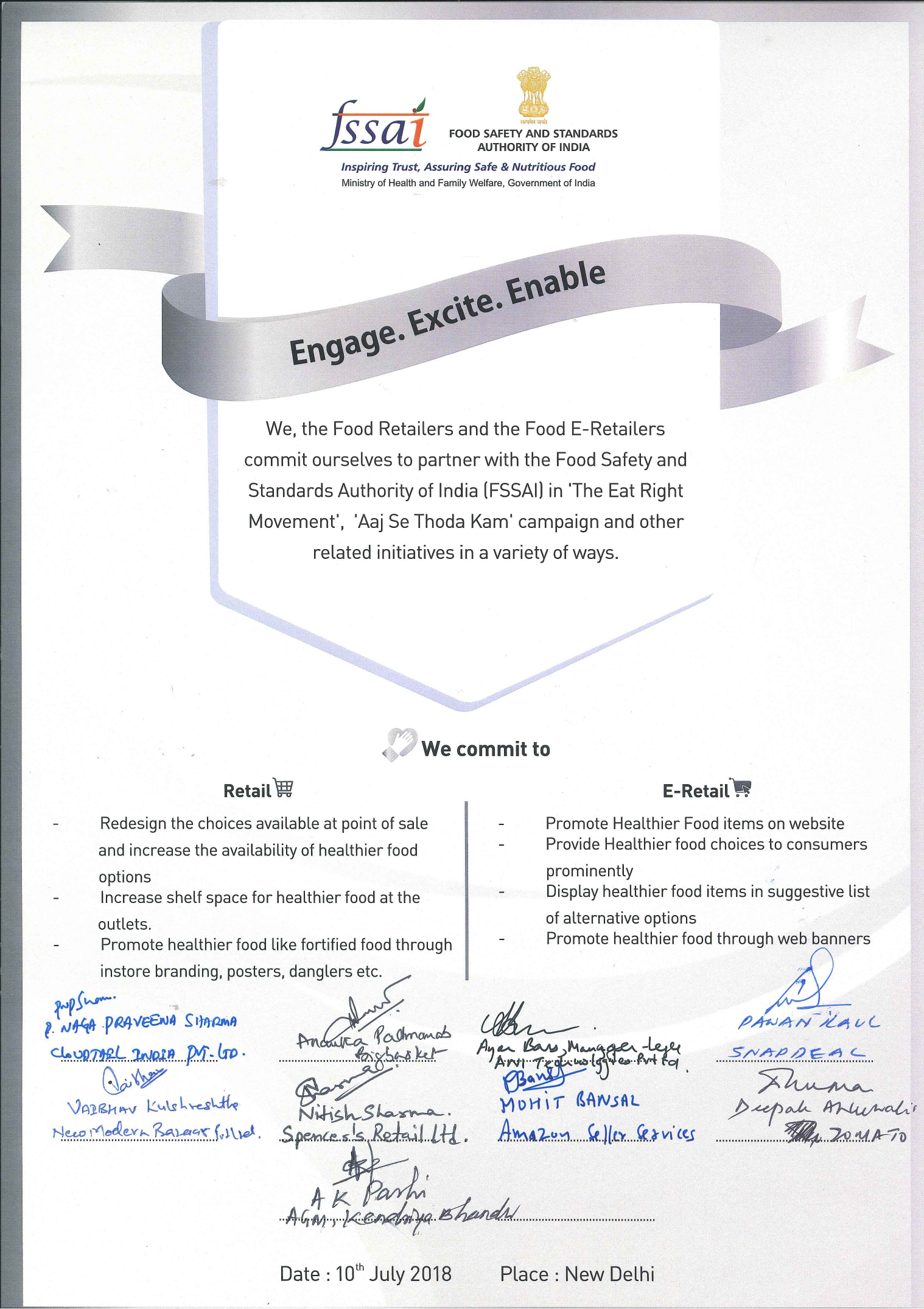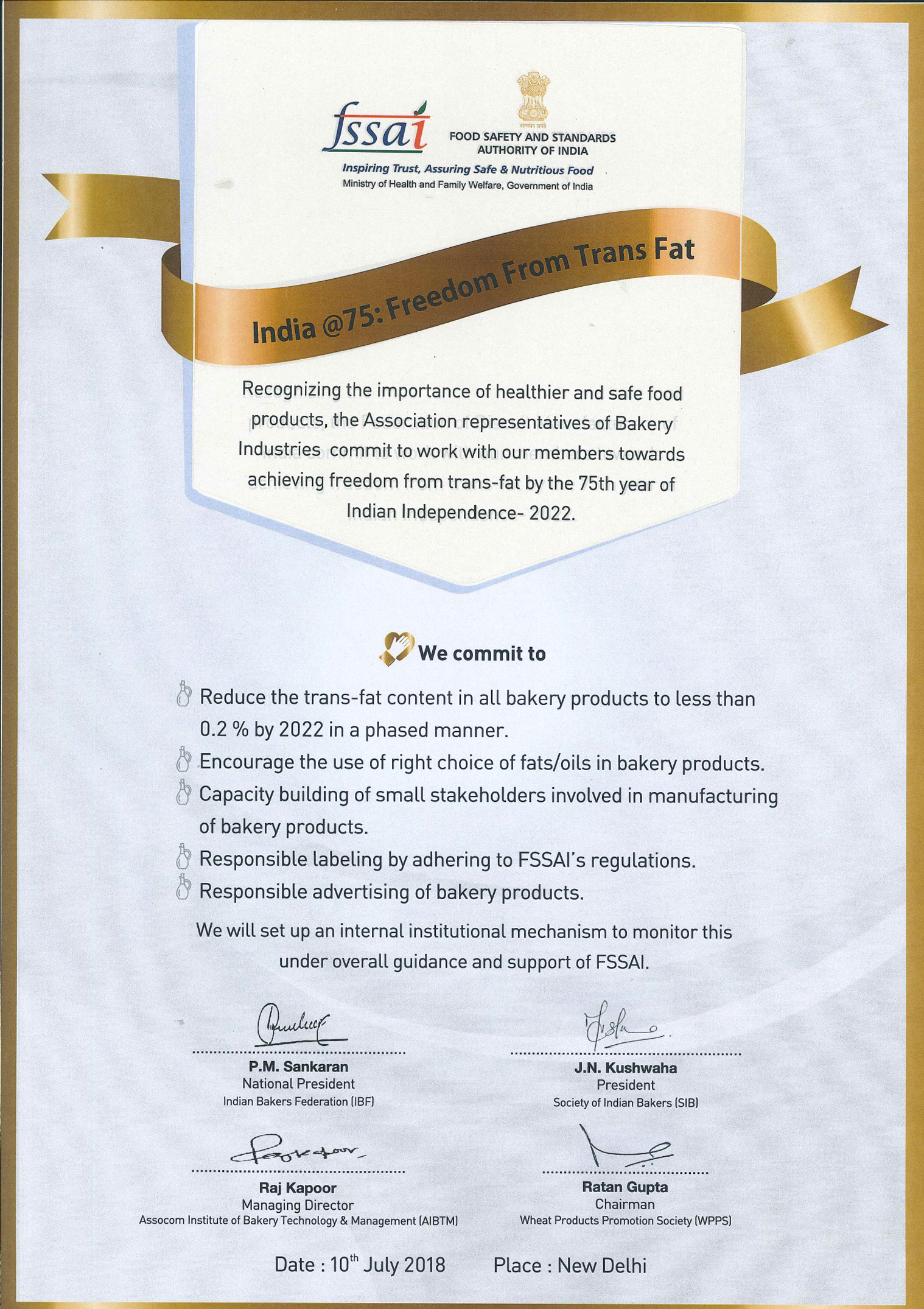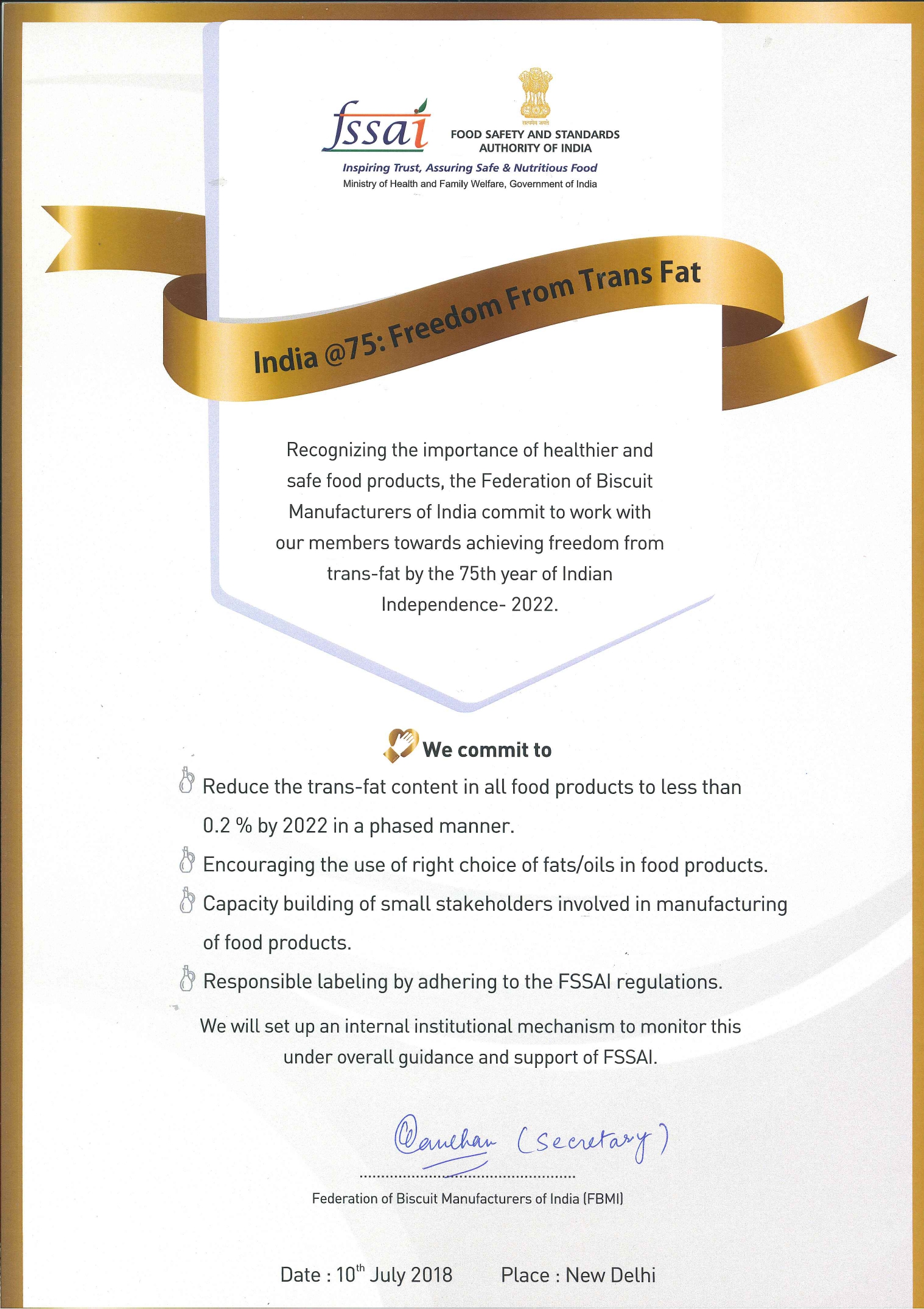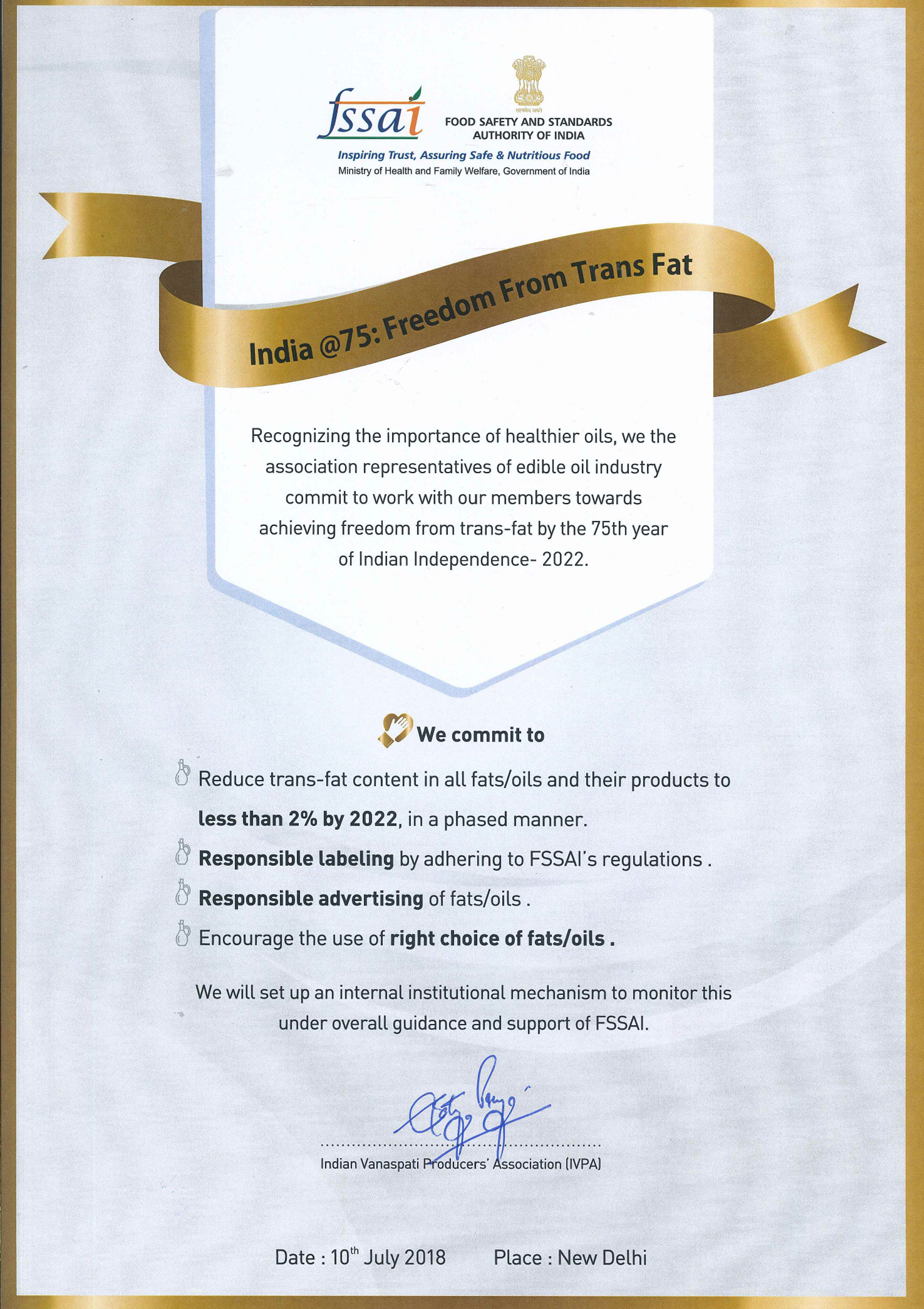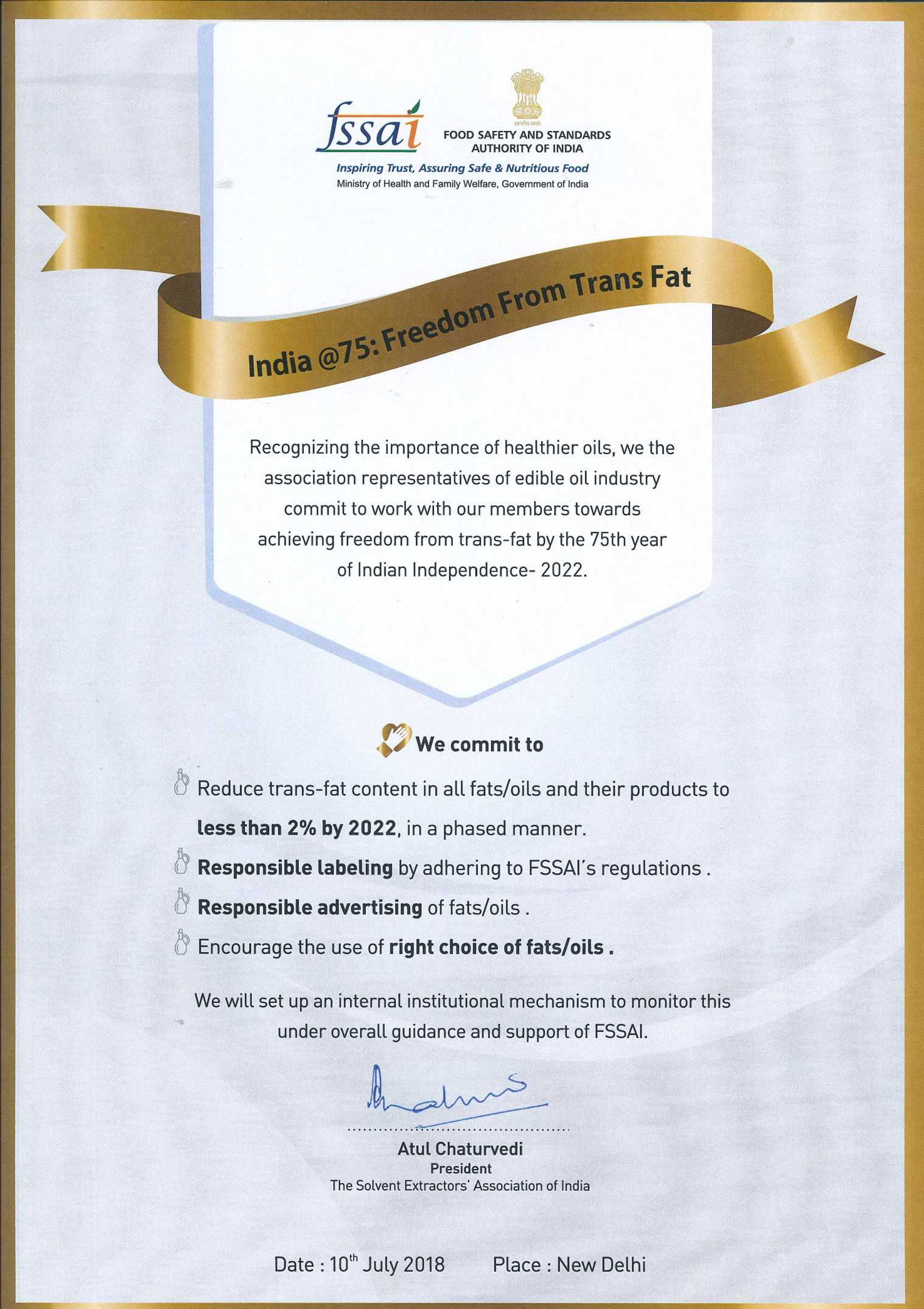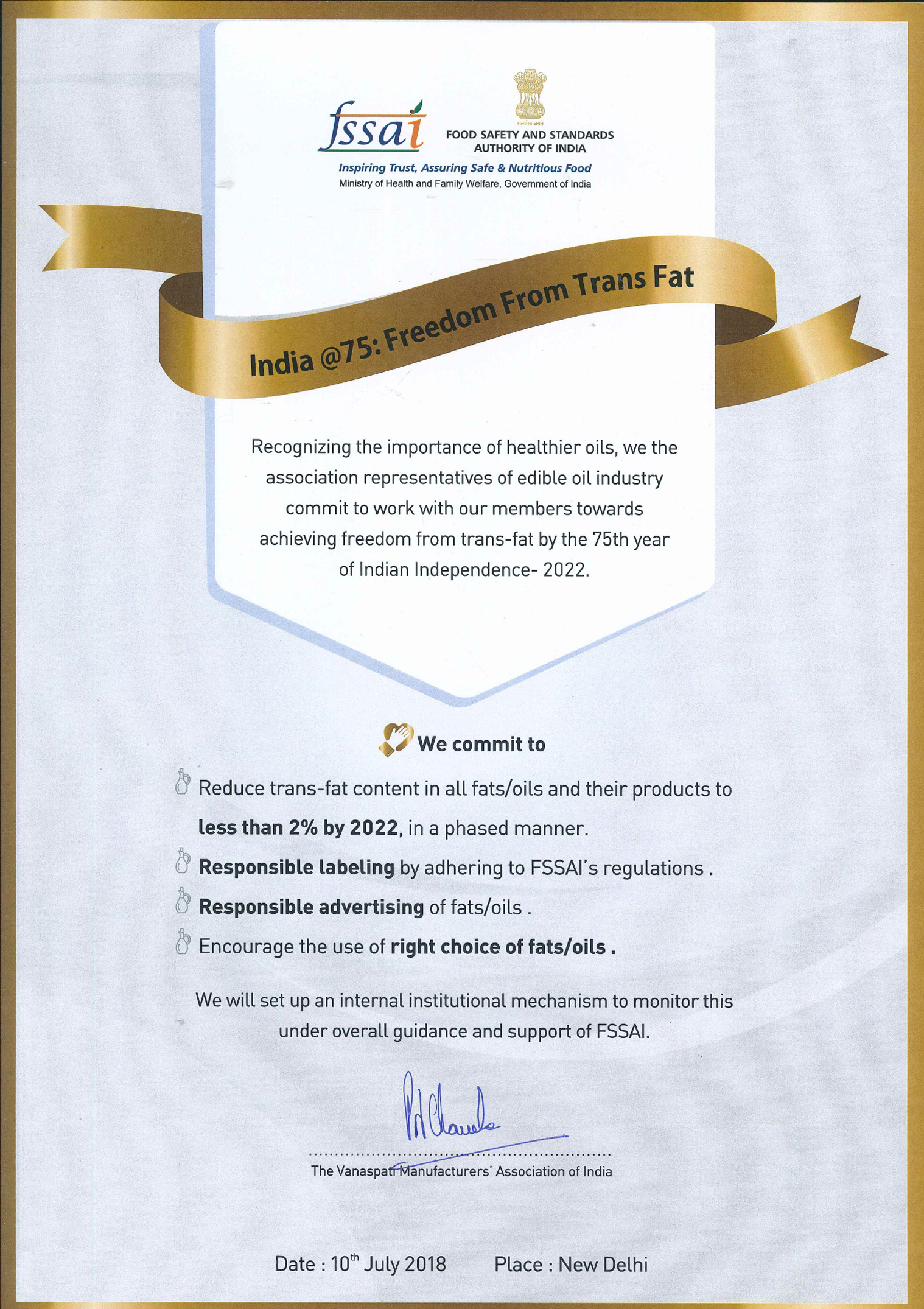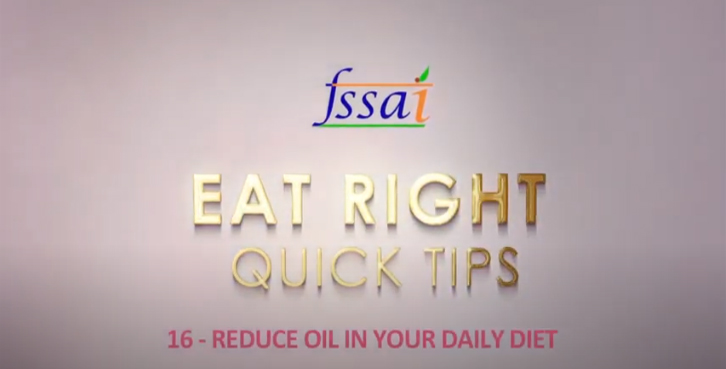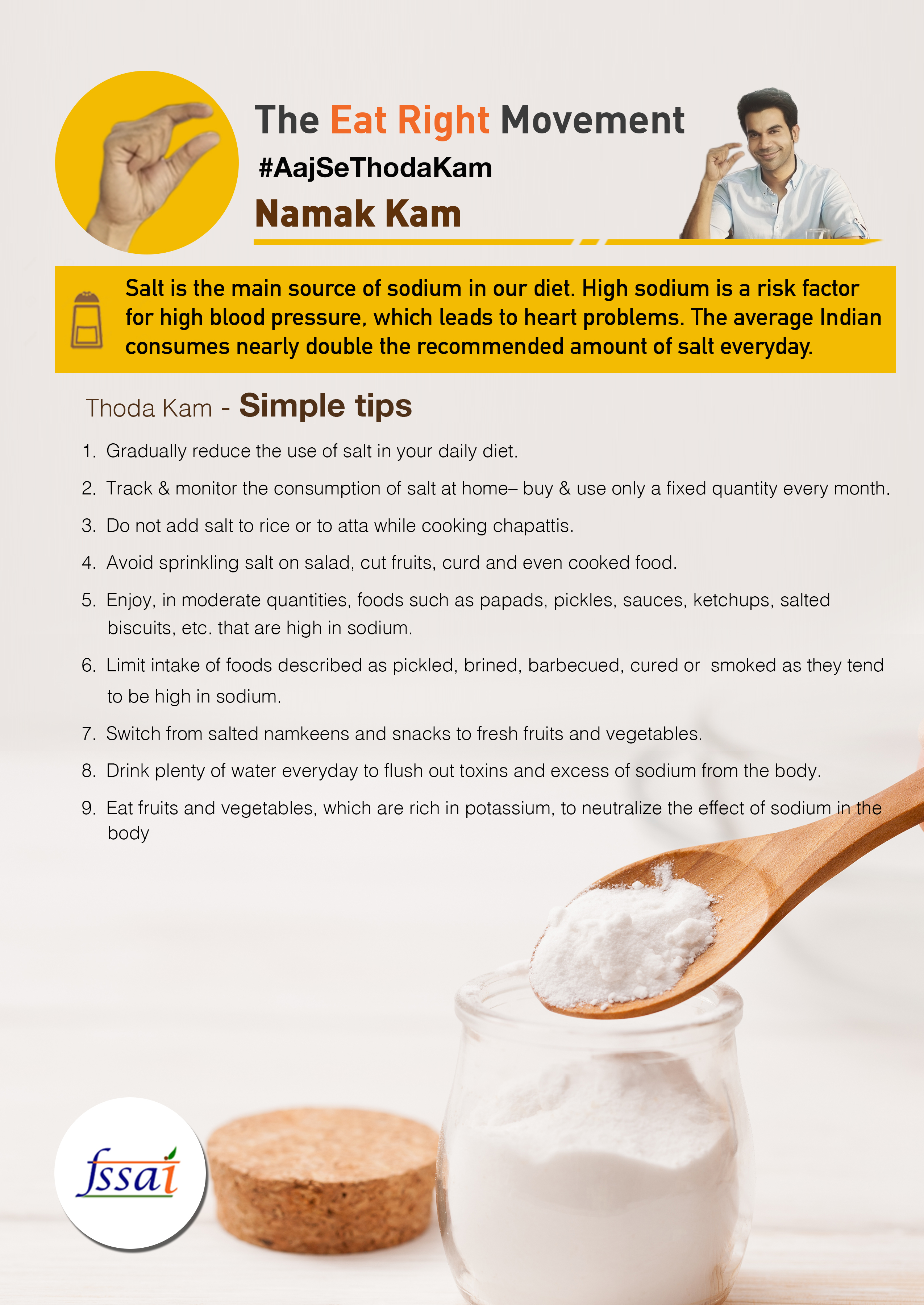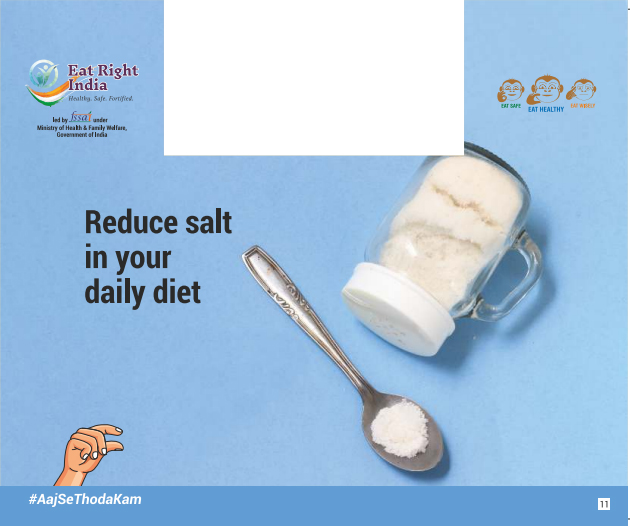
REDUCE SALT
SALT
Salt (also called common salt) is one of the most common ingredient used in our food, especially for adding salty flavour and for preservation. It is a mineral which is made up of approximately 40% sodium and 60% chloride. The sodium in salt is an important mineral for the human body to maintain fluid balance. However, only small quantities are needed by the body and its excess can increase the risk of high blood pressure, kidney disease and stroke. Excessive salt intake is the single most significant cause for hypertension which predisposes an individual to heart problems.
FACT: Average Indian consumes around 11 g of salt/day which is double the amount of salt recommended (5g/d).
What should you do to cut down your daily salt intake?
- Do not add salt in rice and dough for chapati, poori, paratha.
- Do not sprinkle salt on salad, cut fruits, cooked vegetables or curd. Enjoy their natural taste!
- Gradually reduce the salt usage while cooking from lesser to least.
- Limit food accompaniments like salted butter, salty spice mixes (chaat masala, jal jeera masala etc.), chutneys, pickles, papads, ketchups, sauces and dressings etc., as they contain excess salt.
- Baking soda, baking powder, and monosodium glutamate (MSG) also contains high sodium: Avoid using these in your daily cooking.
- Switch from salted namkeens and snacks to fresh fruits and vegetables to cut down on sodium.
- Eat potassium rich fruits and vegetables, they help to neutralize the effect of sodium in the body.
- Avoid consumption of preserved and processed foods such as papads, pickles, sauces, ketchups, salted biscuits, chips, cheese and salted fish, these are high in sodium.
- Breads, instant soups, cold cuts, cured meats, cheese are high in sodium; eat them in small portions and occasionally.
- Compare labels and choose the product with the lowest amount of sodium (per serving).
Know the Facts
- Low Sodium: Product contains not more than 0.12 g of sodium per 100 g for solids or 100 ml for liquids.
- Very Low Sodium: Product contains not more than 0.04 g of sodium per 100 g for solids or 100 ml for liquids
- Sodium Free: Product contains not more than 0.005g of sodium per 100 g for solids or 100 ml for liquids
- If possible, when dining out, ask to have your food prepared with less salt.
- Watch out for foods described using the words pickled, brined, barbecued, cured, smoked or soy sauce. These tend to be high in sodium. Avoid them.
- Foods that are steamed, baked, grilled, poached or roasted may have less sodium.
- Control portion sizes to cut the sodium level.
- Drink at least 8-10 glasses of water everyday, it not only helps to flush out the toxins but also excess of sodium from the body.
Support by Food Businesses
As part of the ?Eat Right India? movement', food businesses have committed to promote healthier food options in several ways.
These include-
- Reformulation of food products by major food companies to reduce the content of sugar and salt in packaged food.
- Provision of healthier food options by the food services sector and introduction of menu labelling on nutrition information.
- Promotion of healthier food options and responsible retail practices by food retailers and e-commerce players.
- Phasing-out of trans-fats in food products by the edible oil industry, bakeries and 'halwais' towards a 'Trans-fats-free India by 2022': India@75
